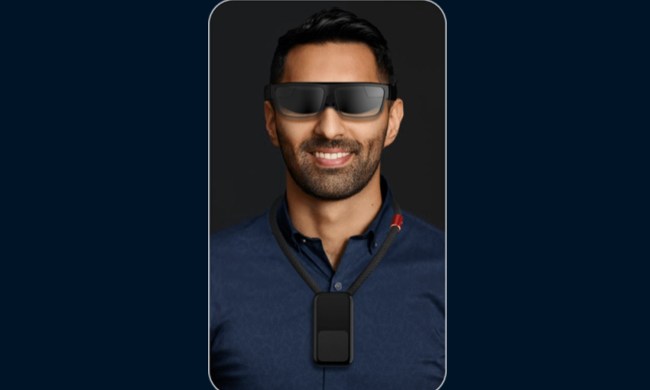Nvidia is using the power of graphics processors and artificial intelligence to bring 5G connectivity to the mobile edge. At Mobile World Congress Americas in Los Angeles, California, Nvidia CEO Jensen Huang announced that the company is partnering with Ericsson and Red Hat to help mobile network operators accelerate 5G deployment and better utilize the boost in bandwidth for applications that you’d care about, like gaming, virtual reality and augmented reality, autonomous driving, and connecting your smart home to 5G networks.
The partnerships address some of the shortcomings of current mobile network architectures. For example, 4G LTE networks are configured so that they’re optimized for peak capacity with dedicated hardware to deliver voice and data access, explained Nvidia general manager of enterprise and edge computing Justin Boitana in a telephone briefing ahead of Huang’s MWC keynote. In a downtown area, this means that when users leave at night, the network capacity would be wasted at night when users leave, as carriers can’t redeploy the existing bandwidth.

With the launch of 5G, you get 1,000 times the bandwidth and benefit of one-tenth the latency. But one under-talked benefit of the standard is that the infrastructure introduces a new architecture called networks license, or network slicing. This allows carriers to dynamically offer unique services that draws from a common pool of data center and share the infrastructure across multiple cell towers.
“What they want to do is elastically scale the right services based on consumer data demands at any point in time in a way where everything is software defined,” Boitana said. “Now telcos can run many services from shared infrastructure, by working with Ericsson or making the 5G radio access network, or RAN, the largest network running software. By using off the shelf hardware, operators can now deliver many services from the mobile edge with 5G and see the highest utilization of their investment in the network that can now offer a range of new services, including gaming for consumers as well as AR, VR, and AI to enterprises who don’t want to operate EGX servers themselves.”
The virtualized networks will run in the wireless infrastructure closest to the consumers, making them ideally suited to bring AI services at the edge, the company claimed.

By using a natural language processing model, Nvidia compared the power of its GPU-accelerated EGX hardware to traditional CPU-based servers, and the company claimed that a single EGX rack provides the equivalent power of approximately 60 dual-socket Intel Xeon processors. Nvidia’s Aerial network SDK is available today for developers to test, and the software kit includes optimized packet processing and signal processing pipeline leveraging the power of the GPU.
Nvidia’s partnership with Ericsson will infuse the latter’s expertise with 5G radio access networks with the former’s leadership in high performance computing to deliver 5G supercomputing and artificial intelligence into a single platform. The goal is to transform carrier networks into a software-defined one so that more devices can connect, and to achieve that, Nvidia is also working with Red Hat. The Red Hat partnership will bring carrier grade Kubernetes to the mobile industry.
“The collaboration, unveiled by NVIDIA founder and CEO Jensen Huang can help telcos transition to 5G networks capable of running a range of software-defined edge workloads,” the company said. “Work will initially focus on 5G radio access networks (RAN) aimed at making AI-enabled applications more accessible at the telco edge.”




